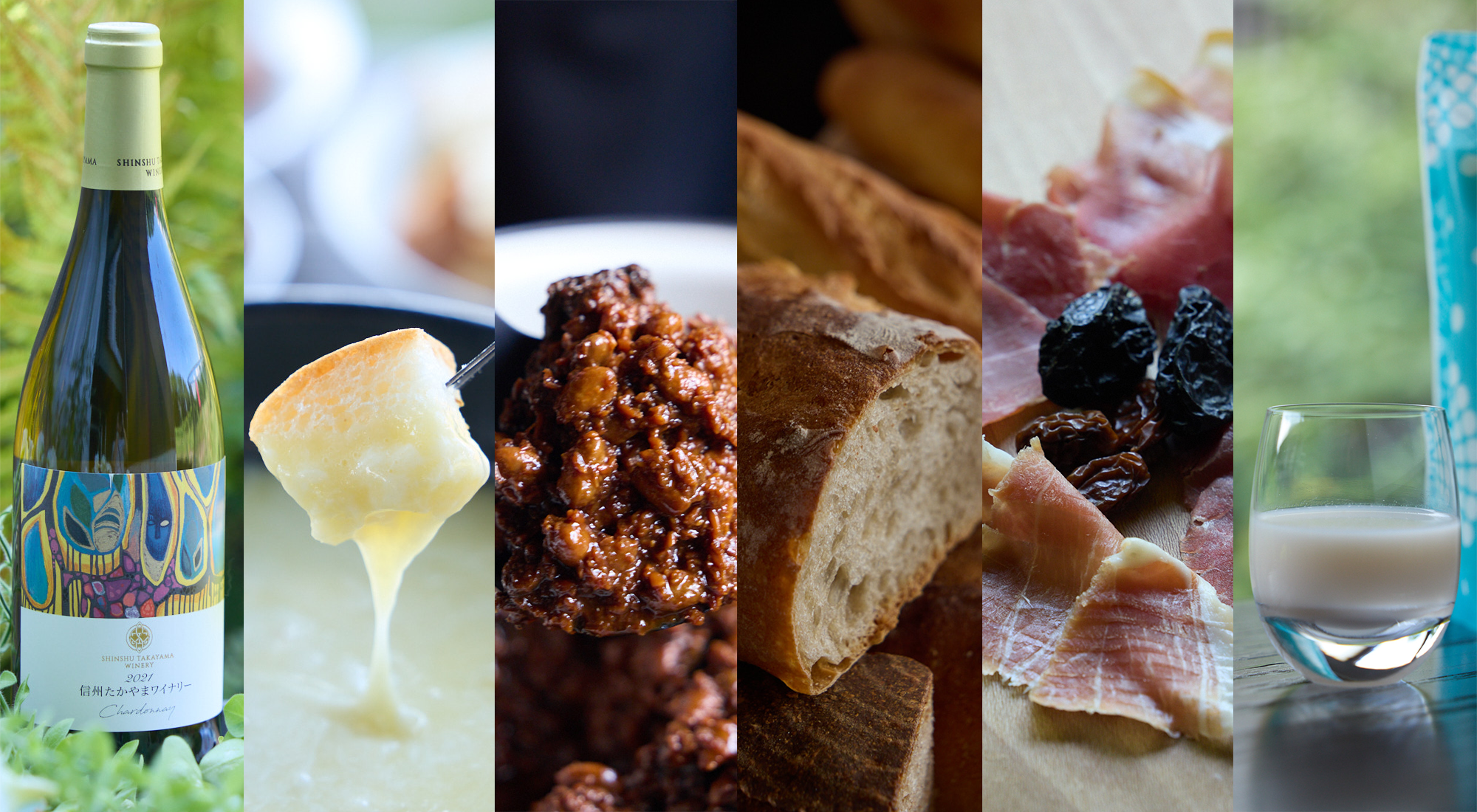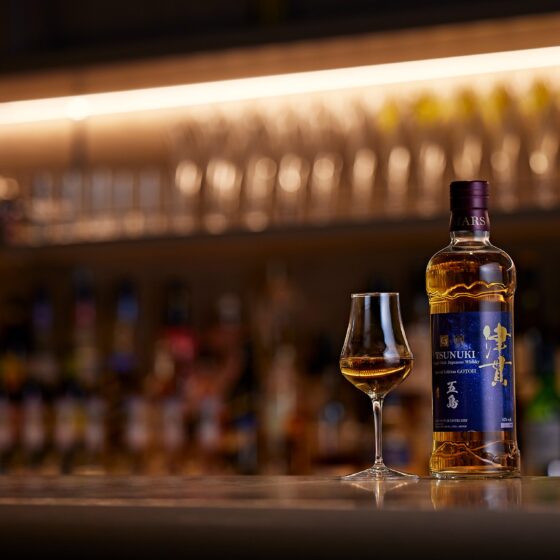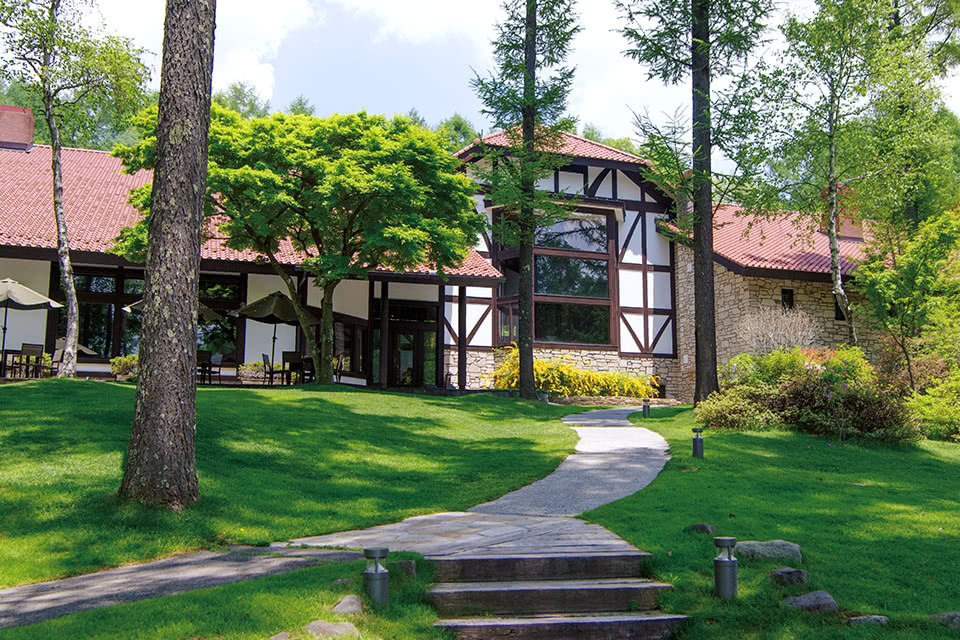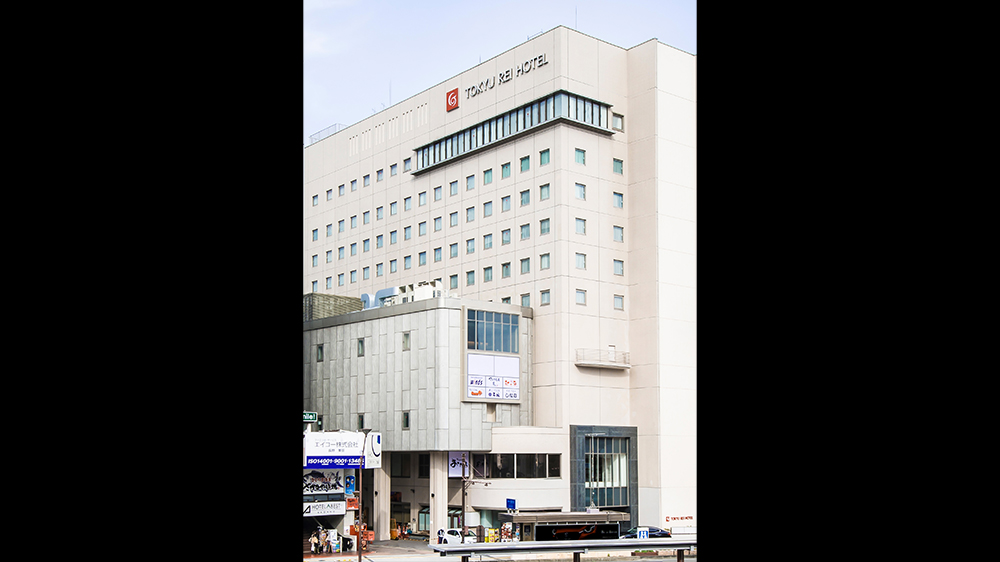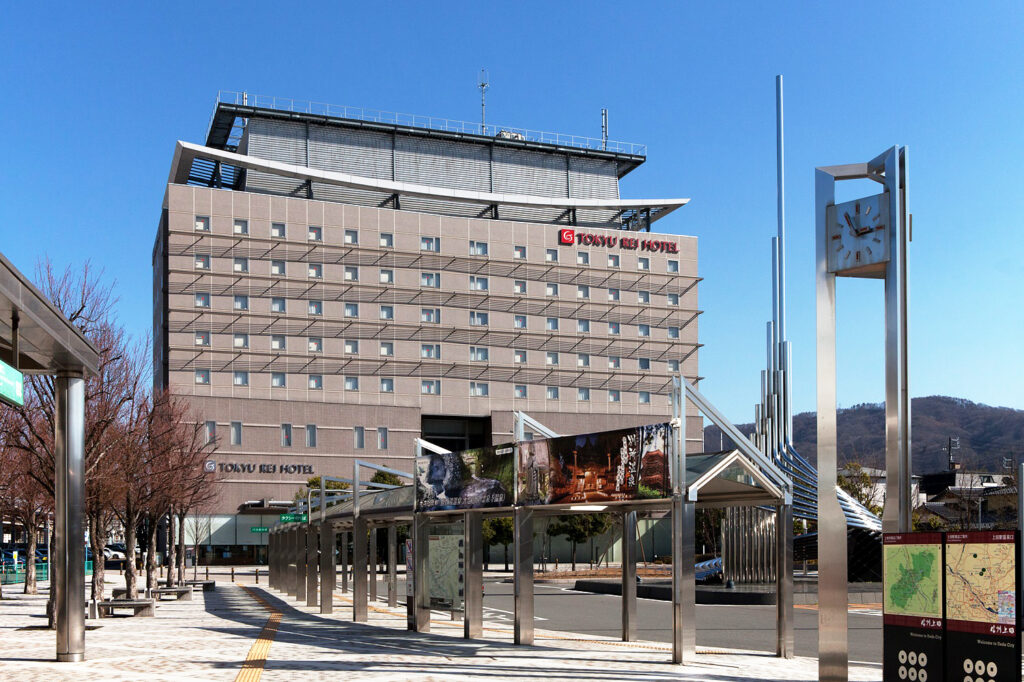- Nagano’s mountains and valleys have long nurtured a culture of fermentation, where climate, water, and craftsmanship combine to create distinctive flavors. A journey across the region reveals six producers who carry this tradition forward.
In Takayama Village, vineyards rise between 400 and 830 meters. The long sunshine hours, cool nights, and varied soils make it ideal for growing grapes. Winemaker Eiichi Takano emphasizes “diversity” in varietals and people, producing both single-varietal wines and field blends, where neighboring grapes ferment together to express the village as one vineyard. 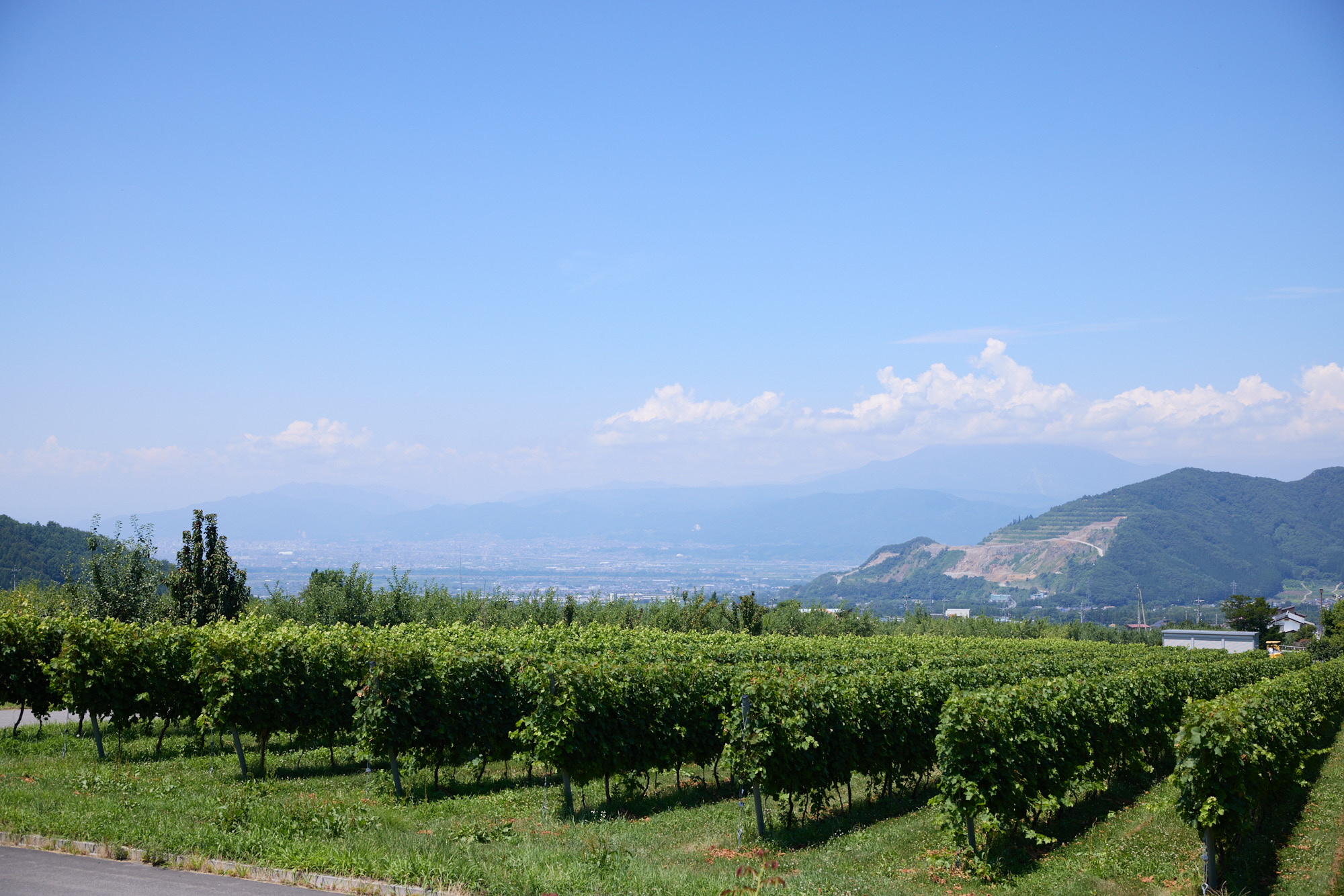
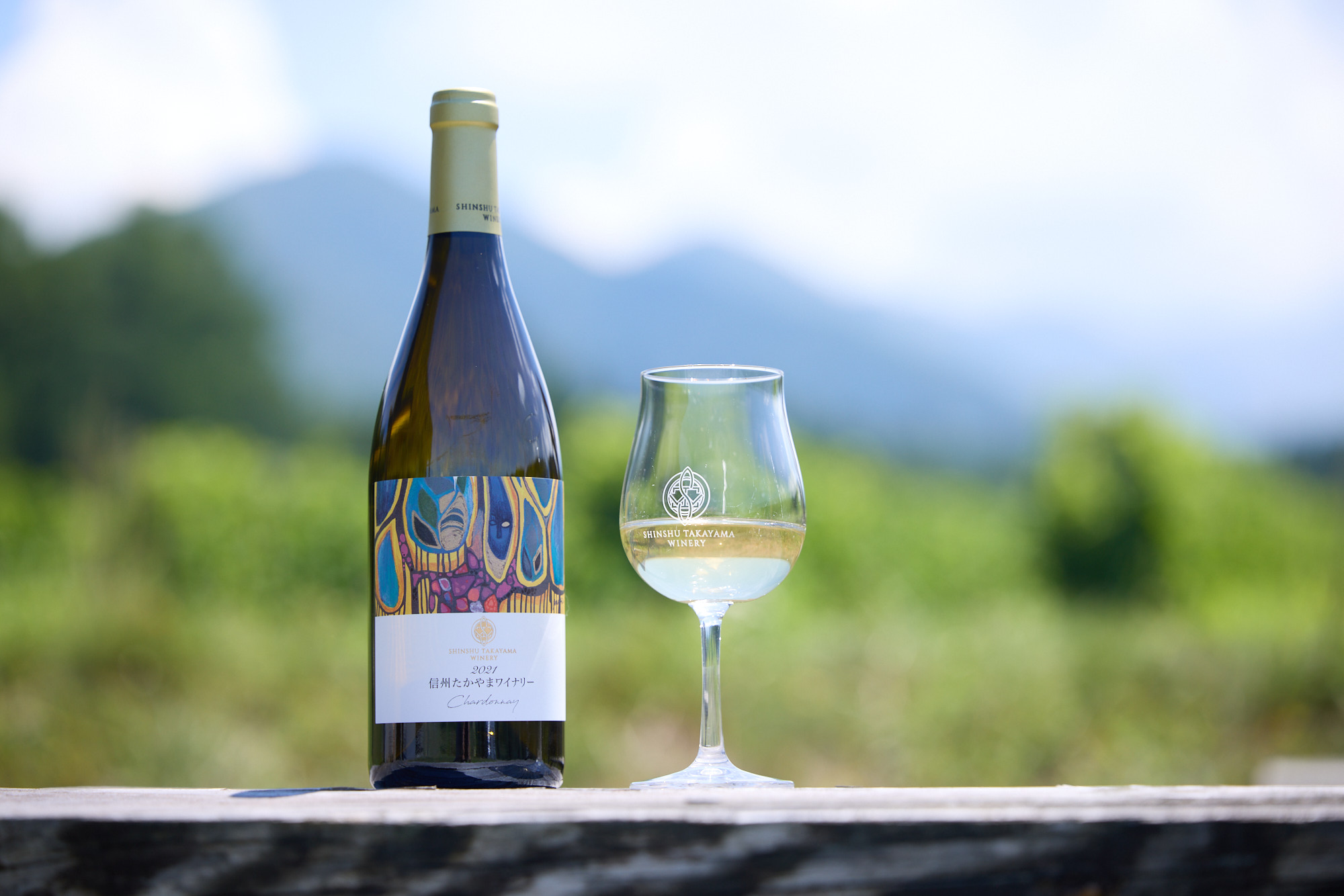
- In Tōmi, Atelier de Fromage was founded in 1982 by Shigeo and Yōko Matsuoka, pioneers of authentic Camembert in Japan. Today, more than twenty cheeses are produced under master affineur Kazushi Shiokawa, including the award-winning blue cheese “Hisui”, all shaped by the soft waters of the Yunomaru Highlands.
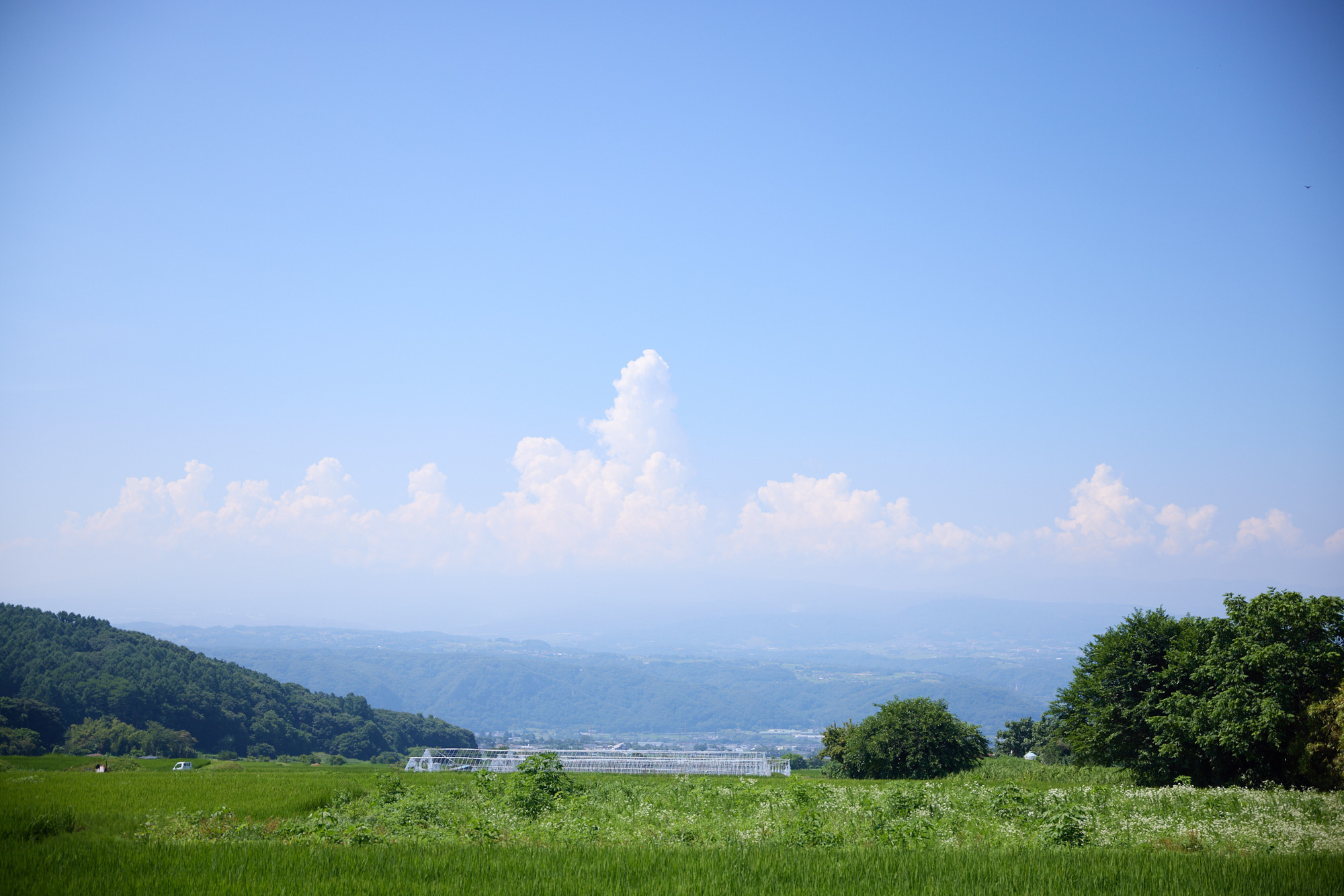
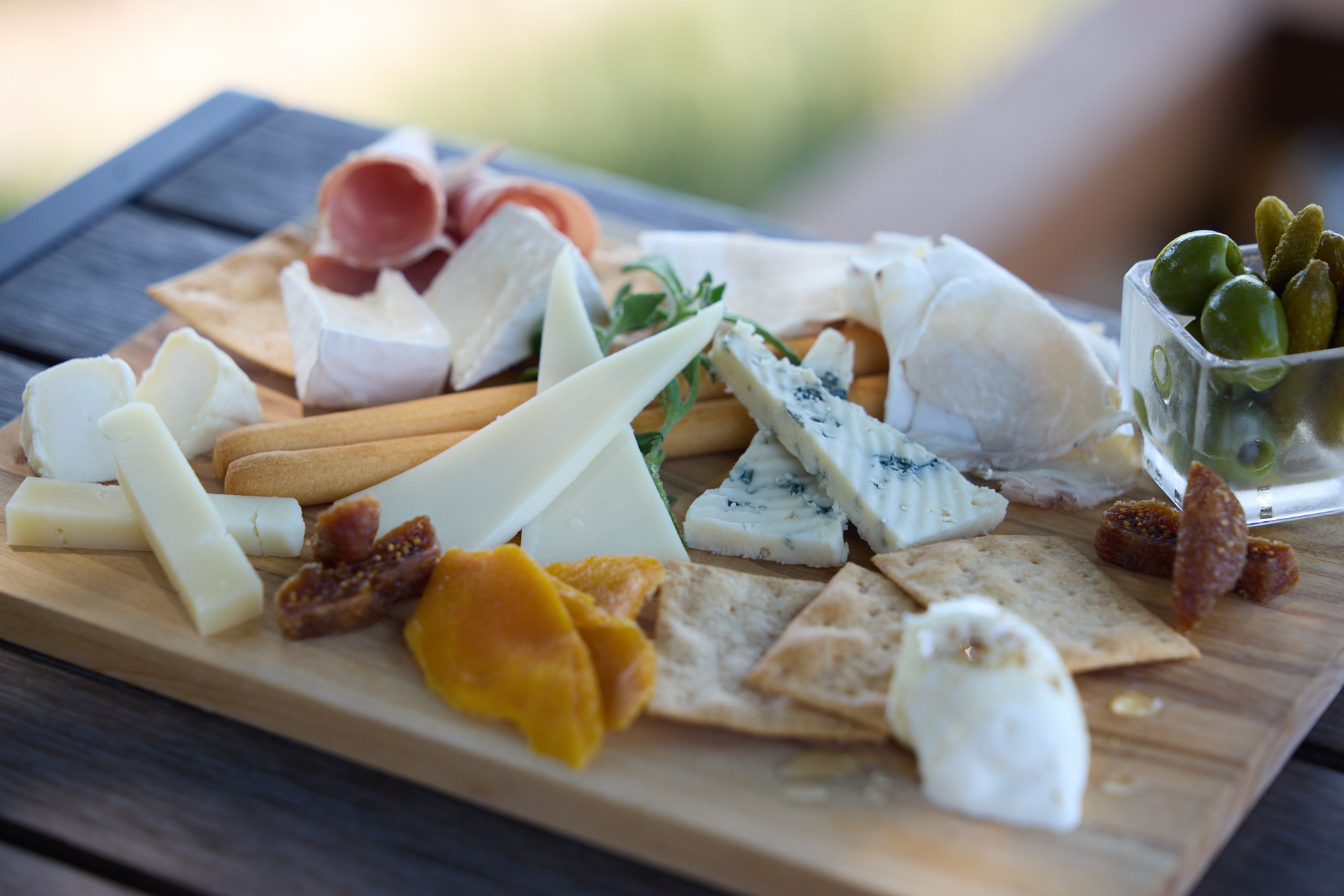
- In Ueda’s Yanagimachi district, Setoya combines a soy sauce workshop with a café and bar. Owner Junji Mizutani calls it a“ public hall,” inviting visitors to experience the year-long cycle of steaming beans, nurturing koji, and aging moromi.
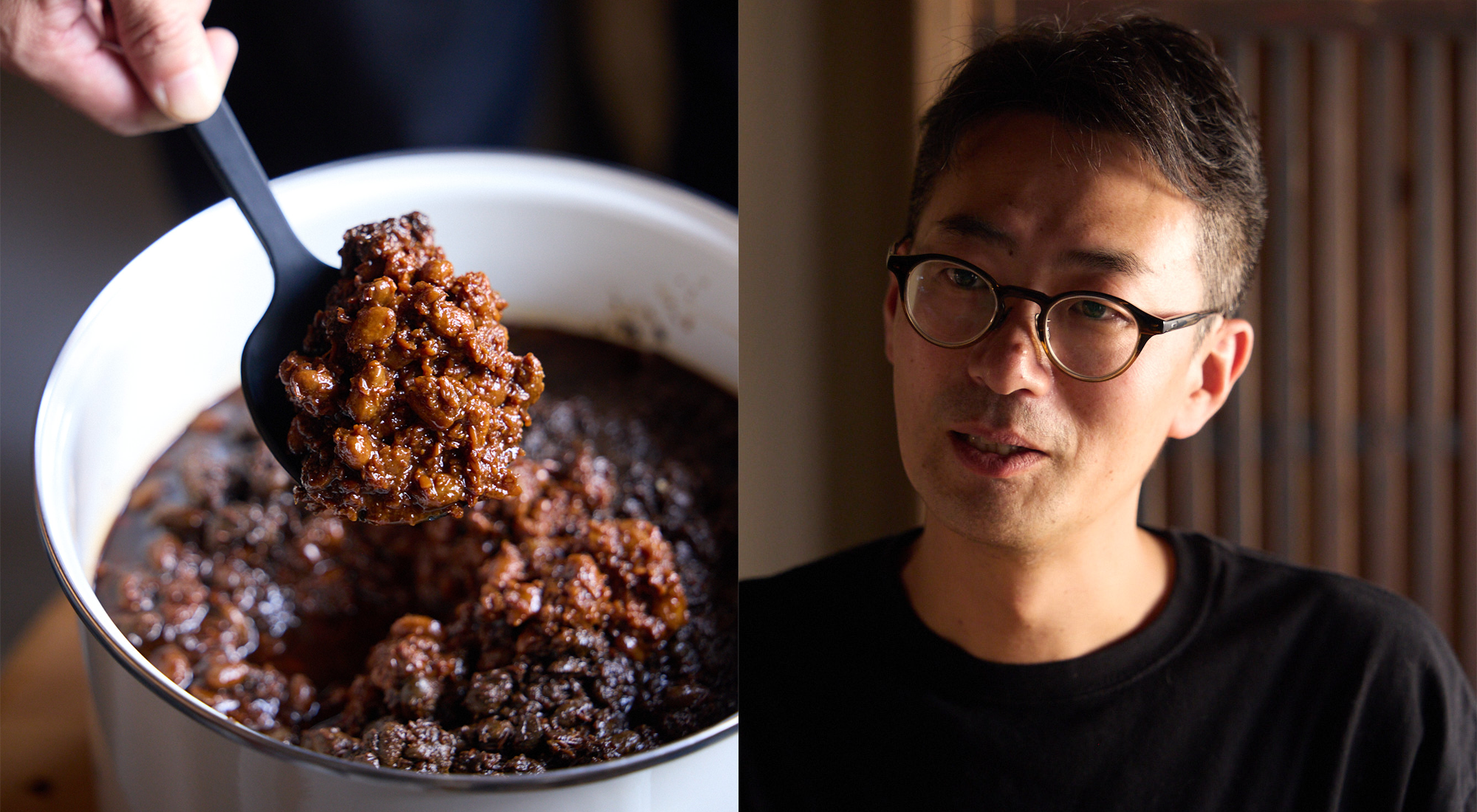
- Hakuba’s Koubo-nikki bakes bread using wild yeasts cultivated from local blossoms and fruits. Owner Yū Kobayashi begins work before dawn, crafting rustic l oaves such as her signature campagne that reflect the seasons.
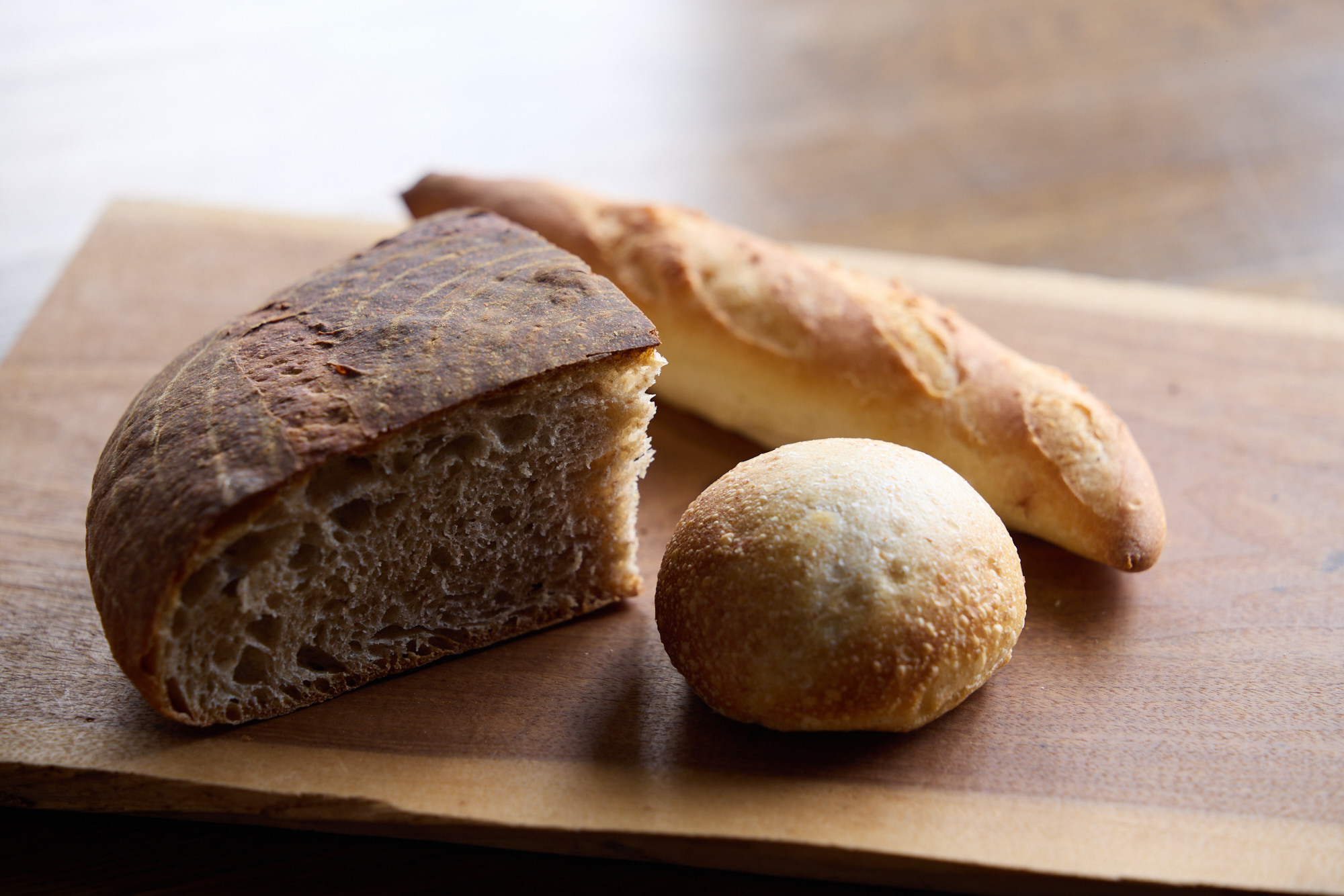
- At 1,500 meters in Himekidaira, Jambon de Himeki produces“ natural ham” using koji in addition to salt. Founder Nobuhiko Fujiwara matures hams for up to two years, achieving deep umami and nutty aromas that pair with wine, sake, or even tea.
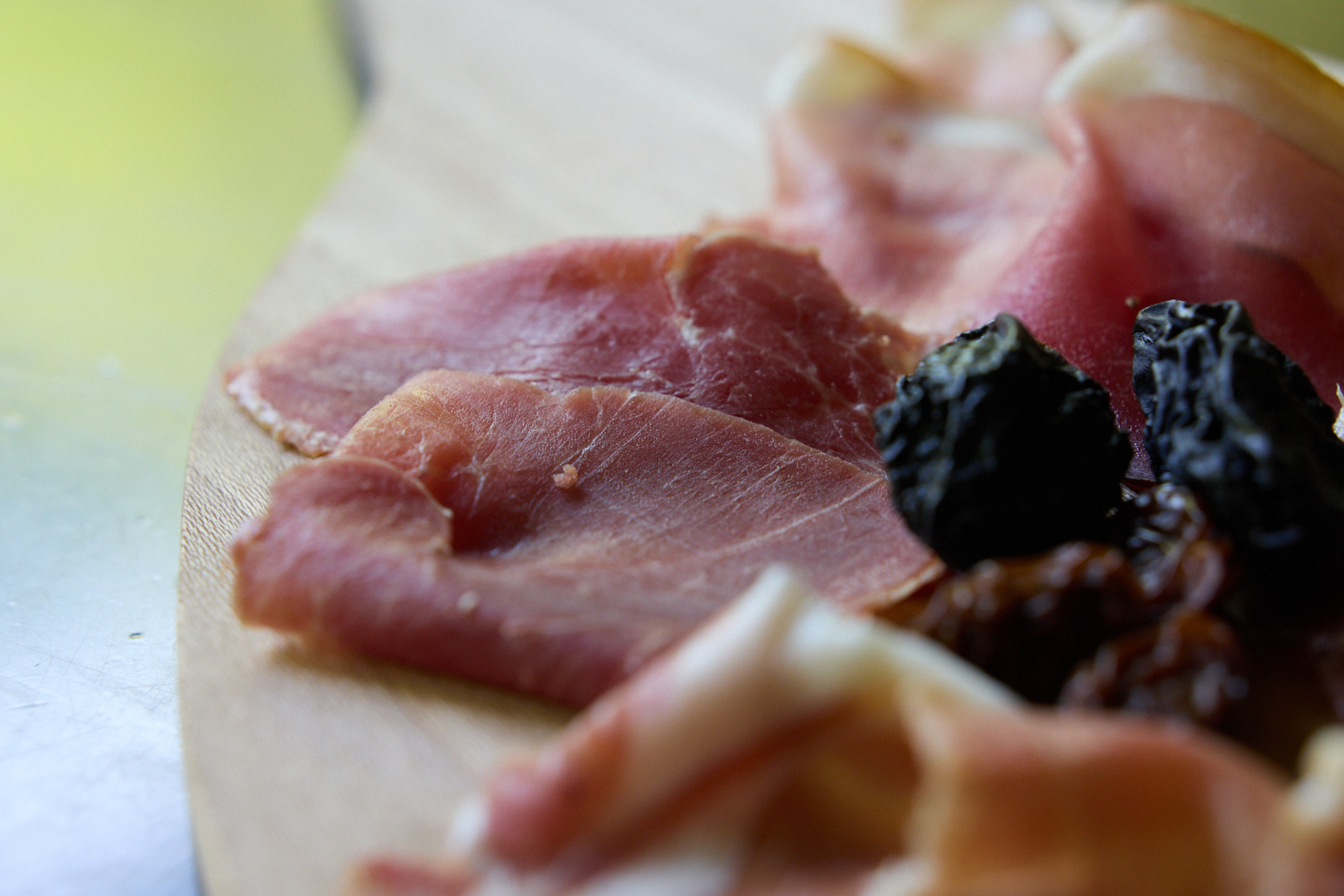
- Finally, in Fujimi, Miyasaka Brewing applies sake-making expertise to amazake. Made only with rice koji and water, it offers a gentle, non-alcoholic sweetness enjoyed by all ages.

- Together, these six flavors embody Nagano’s quiet magic: fermentation as culture, connection, and timeless craft.



